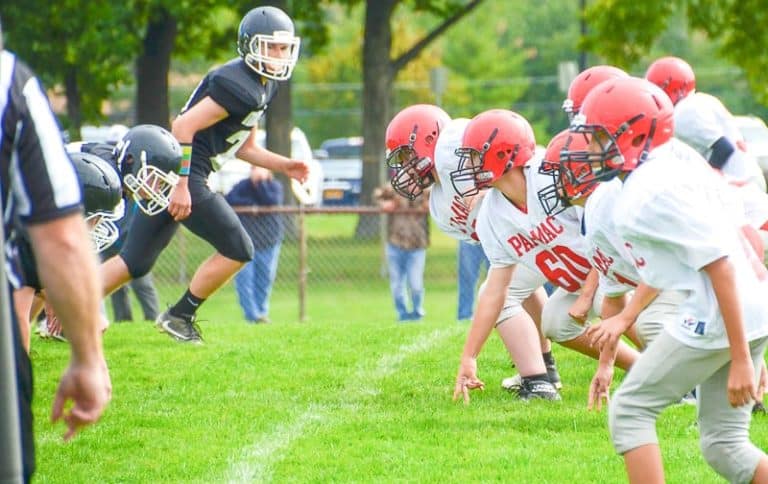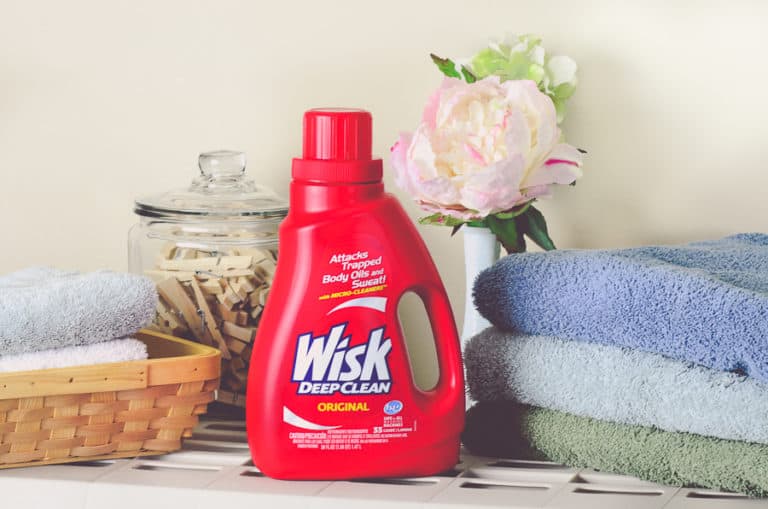Raising Ducklings for the Second Time This Summer: What I Will Do Differently

We’re raising ducks for a second time this summer! I learned a TON during our first round of duck raising earlier in the spring. Mistakes were made along the way, and we’ve changed some things up! Today I’m sharing some of the things that I am doing differently this time around.
There is a lot of information available online on raising ducks, but sometimes experience really is the best teacher. I am a firm believer you can learn a lot from first hand experiences in your own unique situation.
You are going to learn as you go with backyard poultry, and I recommend doing some research and diving right in.
If you find a couple of helpful tips for your flock here let me know!
I Didn’t Purchase Straight Run Ducklings
I purchased my first batch of ducklings straight run at Tractor Supply, fully prepared to harvest the drakes, and keep the hens for egg layers. At the time I really wanted egg layers. What I was not prepared for was a drastically uneven ratio of drakes to ducks, which of course is what I ended up with. I was hoping for at least 2 females and I figured with a flock of 6, statistically my odds were pretty good. What I got was 1 duck and 5 drakes. 4 of the drakes were harvested, and 1 stayed to be a companion to our girl.
I am grateful to have the meat in the freezer, and I was happy to be able to share some with my neighbors who helped us with the processing of the birds. Honestly, raising the birds and putting the meat in the freezer gave me a sense of accomplishment I wasn’t anticipating, but before that sense of accomplishment was a whole host of emotions that included sadness, and quite a bit of introspection.
This time around I am very clear on what I want, which is a few more egg layers to my backyard flock, so this time I ordered sexed day old ducklings directly from an out of state hatchery that doesn’t need to abide by New York State’s 6 bird minimum. I am not against raising meat birds again, in fact I will likely try out meat chickens soon, but for right now I am focused on egg layers, and I will not be purchasing straight run.
Brood Them in a Kiddie Pool
Over the years I’ve tried different types of brooders out, and plastic totes are one of the easiest, but I found ducks quickly outgrew even our largest tote quickly, and after a week I transitioned them to a Plastic Kiddie Pool with fencing wrapped securely around the pool, to keep the resident curious dogs away from our ducklings. The pool worked well and I will be skipping the plastic totes and using a pool as a brooder right off the bat.
I’m Not Using a Heat Lamp
I hate heat lamps! But I understand the need to provide a heat source to newly hatched ducklings who can’t yet regulate their body temperatures, so I am making the switch to a brooder heating plate. Heat lamps are a fire hazard, and I constantly worry when I have one in use. Chick Brooder Heating Plates allow chicks and ducklings to gather under the warming plate when they are cold, in the same fashion that they would cluster under a mama hen for warmth.
The initial investment into a Brooder heating plate is significantly more than a warming bulb, but they are a lot safer. Many barn and chicken coop fire sare the direct result of using heat lamps. The brooder heating plates use only 22 watts per hour of electricity verses up to 250 watts with a heat lamp, making a heating plate a safer and more energy efficient choice.
No Straw Bedding in the Brooder
When I first started with ducks I was surprised at how messy ducks are in the brooder! I mistakenly thought brooding ducks would be about the same as brooding chicks, I was wrong! Ducklings make quite a mess when eating and drinking, and their droppings are prolific and wet. They must be kept clean and dry, so changing bedding often is necessary .
Pine shavings make good bedding for ducklings as they are more absorbant, and you can address problem wet areas as needed. I used straw in the brooder for the first group of ducklings, because we already had it on the farm, straw isn’t very absorbent, or as easily stored and handled as shavings. I had to change out the straw in the brooder multiple times a day to make sure my ducklings were clean and dry, it was a pain.
I’m Using a Milk Jug For a Waterer
One of the greatest challenges I had with brooding ducklings was figuring out how to keep a supply of clean water available to them that would allow the ducklings to fully submerge their heads, while also keeping their brooder dry. I tried a few different bowls and waterers before I finally discovered how to make a mess-free waterer, and the best part was it was free!

Repurpose a clean gallon milk or vinegar jug, to make a mess-free duck waterer. All you need to do is figure out the tallest height at which your ducklings can easily get their heads into a window. Use a craft knife to cut two or three small rectangles in the sides of the jug just large enough for the ducks’ heads. Fill the jug to below the windows with fresh clean water. Make sure you keep an eye on the water level, because ducks drink a lot of water, and they are also dabblers and will get feed into their water constantly. You’ll likely need to refill your milk jug several times a day or providing a couple of milk jugs for the ducks to drink out of. As your ducklings grow, make new waterers so the height of the access window is right.
They will be Outside Much Sooner

Ducklings grow incredibly fast, and I personally believe they are generally hardier than chicks. Because the ducklings grow quickly they can go outside earlier than chicks. They will still need time in the brooder with a heat source at night, but my ducklings will be spending a considerable amount of time in a safe outdoor pen where they will be happiest, chasing bugs, eating grass and splashing in water during the day.
There are a lot of sources online saying ducks need to be in a brooder for 7-9 weeks, and this is safe advice that errs to the side of extreme caution. But ducks are messy creatures, and I promise the sooner you can safely get them outside the happier everyone will be!
I prefer to raise my backyard flock birds with a more natural common sense approach, and get them outside, weather permitting, as soon as possible. With our current summer temperatures in the 90’s the use of an indoor artificial heat source is redundant.
Offer More Fresh Food Choices
My Pekin Ducks are great foragers, and when they were craving more green in their diet my flock of 6 ducks took out 2 hosta bushes in one morning. I began adding greens to their daily mealworm treat, and we’ve never looked back. As part of my duck’s morning and evening feed routine, I now offer commercial duck feed, along with greens, mealworms, and peas floating in water. Typically the greens consist of kale, collards, cabbage, chard, or romaine lettuce, and on occasion spinach. The ducks love splashing around in the water dish for the treats, and I like being able to supplement their diet with vitamin packed fresh foods.
Remember that at the end of the day to do what feels right for you and your backyard flock. It’s easy to be influenced and even intimidated by the amount of information out there, but know that you’re already off to a great start just by reading about, and being inspired by different backyard flock management practices.







How old are the ducklings for mail order.
Thanks all made good sense to me . I am looking to order a few babies for my backyard . I am waiting to get my coop and pen .I’m so looking forward to having a few babies mary